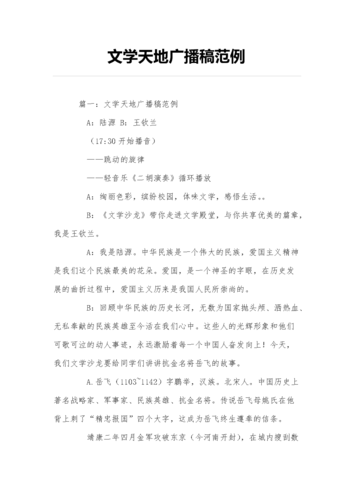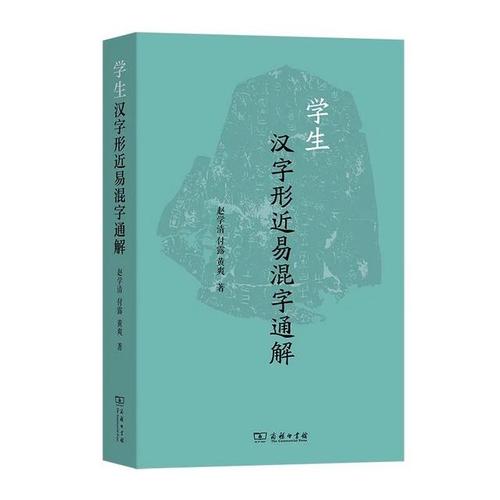早期英国文学开始于什么时候
**Exploring Early English Literature**
Early English literature is a fascinating realm that encapsulates a rich tapestry of cultural, historical, and linguistic nuances. Originating from the Anglo-Saxon period and evolving through the Middle Ages, it lays the groundwork for the literary tradition of the English language. Let's delve into the key features, prominent works, and influential figures that characterize this formative period.
### 1. Anglo-Saxon Literature:
**Key Features:**
Anglo-Saxon literature, spanning from the 5th century to the Norman Conquest in 1066, is characterized by its oral tradition, heroic ethos, and pagan influences. The literature of this period includes epic poems, elegies, and religious texts.
**Prominent Works:**
1. *Beowulf*: This epic poem, set in Scandinavia, narrates the heroic deeds of Beowulf, a Geatish warrior, as he battles monsters and dragons. It embodies the ideals of heroism, loyalty, and fate.
2. *The Wanderer*: An elegiac poem reflecting on exile, loss, and the transient nature of life. It explores themes of loneliness and the search for meaning amidst adversity.
3. *The Seafarer*: Another elegy that delves into the experiences of a seafarer, grappling with the harsh realities of life at sea and the longing for stability.
**Influential Figures:**
1. **Caedmon**: Often regarded as the first English poet, Caedmon is known for his hymn, which praises the Creator. His works signify the early Christian influence on English literature.
2. **Cynewulf**: An Anglo-Saxon poet whose identity remains elusive, Cynewulf is renowned for his religious poems characterized by vivid imagery and spiritual themes.
### 2. Middle English Literature:
**Key Features:**
Middle English literature flourished from the 12th to the 15th century, following the Norman Conquest. It reflects the transition from Old English to Early Modern English, marked by the influence of French and Latin.
**Prominent Works:**
1. *The Canterbury Tales* by Geoffrey Chaucer: This masterpiece is a collection of stories narrated by pilgrims journeying to Canterbury Cathedral. It offers a vivid portrayal of medieval society, encompassing a diverse range of characters and narratives.
2. *Sir Gawain and the Green Knight*: A chivalric romance featuring the noble Sir Gawain, who accepts a challenge from the mysterious Green Knight. This poem explores themes of honor, courage, and temptation.
3. *Piers Plowman* by William Langland: A visionary allegorical poem critiquing the social and religious institutions of medieval England. It offers a scathing commentary on corruption and injustice.
**Influential Figures:**
1. **Geoffrey Chaucer**: Widely regarded as the father of English literature, Chaucer's contributions to Middle English literature are unparalleled. His mastery of verse, keen observation of human nature, and linguistic innovation continue to inspire generations of writers.
2. **Julian of Norwich**: An English mystic and author of *Revelations of Divine Love*, Julian of Norwich is celebrated for her profound spiritual insights and theological reflections.
### Guidance and Insights:
Studying early English literature provides invaluable insights into the cultural, social, and linguistic landscapes of medieval England. Here are some guidance and reflections for enthusiasts:
1. **Contextual Understanding**: To fully appreciate early English literature, it's essential to understand the historical, cultural, and religious contexts in which these works were produced. Dive into the socio-political dynamics, religious beliefs, and literary conventions of the respective periods.
2. **Language and Translation**: The evolution of the English language is evident in early literature. While modern translations offer accessibility, exploring original texts or faithful translations can provide a deeper understanding of linguistic nuances and poetic devices.
3. **Interdisciplinary Exploration**: Early English literature intersects with history, theology, linguistics, and anthropology. Embrace interdisciplinary approaches to gain a holistic perspective and uncover new layers of meaning within the texts.
4. **Critical Analysis**: Engage in critical analysis to dissect themes, motifs, and narrative techniques employed by authors. Consider the socio-cultural implications of literary representations and explore how these texts resonate with contemporary issues.
5. **Continued Relevance**: Despite being centuries old, the themes and motifs present in early English literature remain relevant today. Explore the timeless aspects of human experience depicted in these works, drawing parallels to contemporary society.
In conclusion, early English literature serves as a testament to the enduring power of storytelling and the resilience of the human spirit across centuries. By immersing ourselves in these literary treasures, we not only preserve cultural heritage but also enrich our understanding of the past and present.
[*End of Document*]

免责声明:本网站部分内容由用户自行上传,若侵犯了您的权益,请联系我们处理,谢谢!









